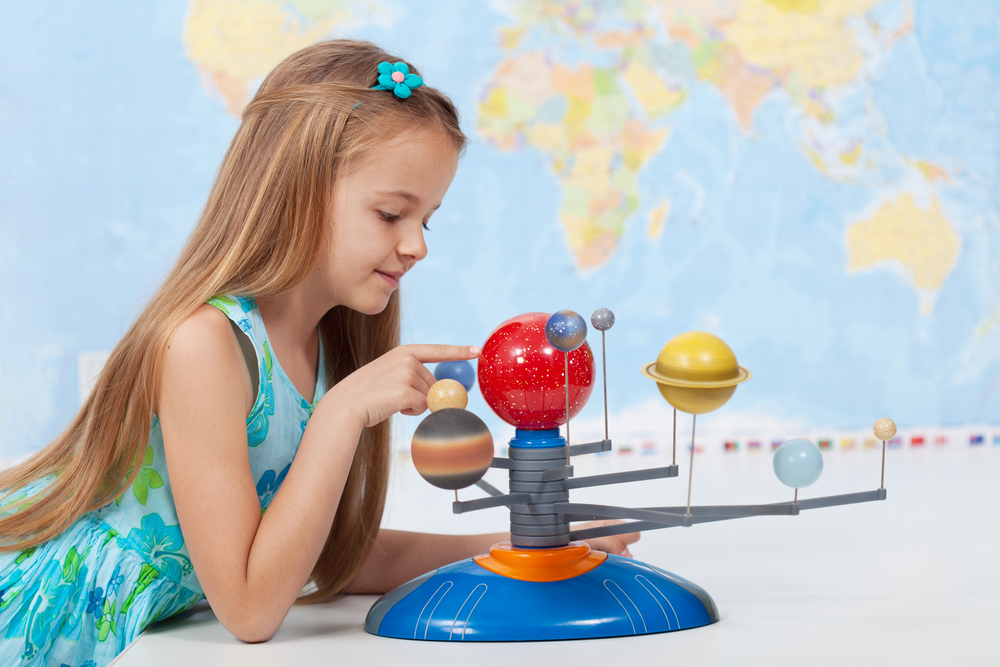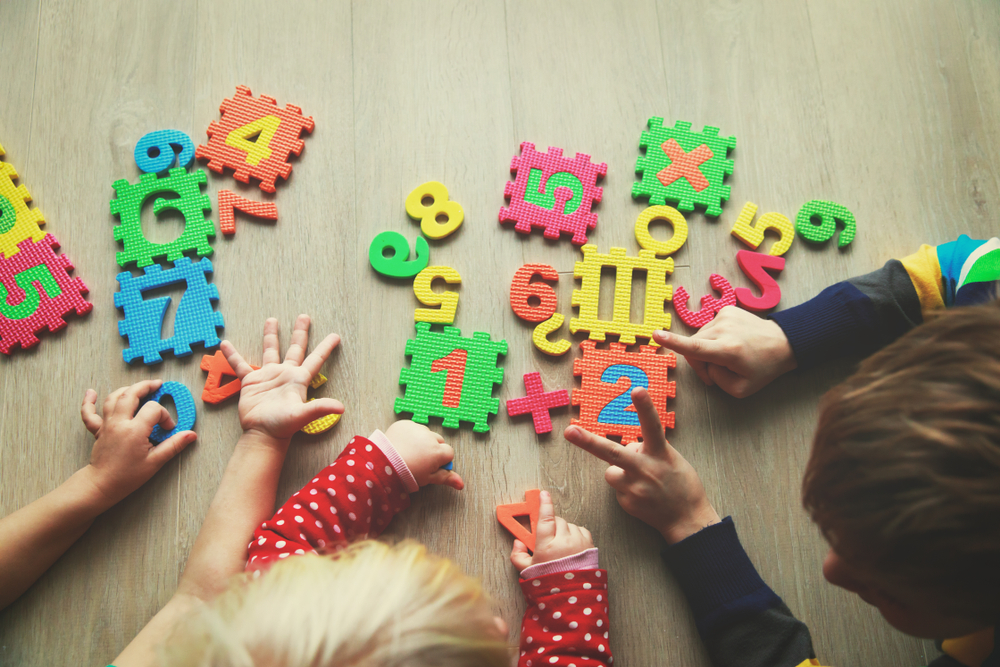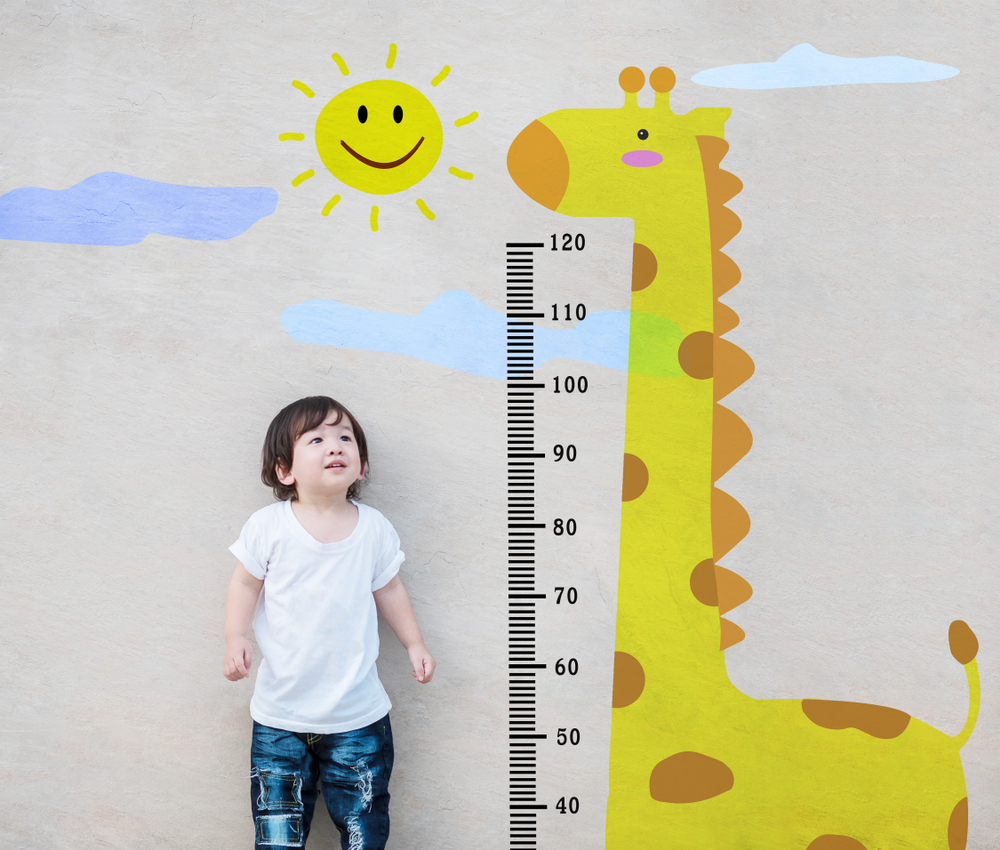Sentence construction Normal Worksheets for Ages 4-6
11 filtered results
-
From - To
Introduce your child to the fundamentals of sentence construction with our engaging worksheets designed for ages 4-6. These activities are crafted to enhance early literacy skills, combining fun and education to help young learners grasp the basics of sentence building. Through picture prompts, simple words, and interactive activities, kids will learn to create and understand sentences, boosting their confidence in reading and writing. Ideal for preschoolers and kindergartners, these worksheets develop critical thinking and language skills, laying a solid foundation for future academic success. Explore our collection today and watch your child's language abilities flourish!
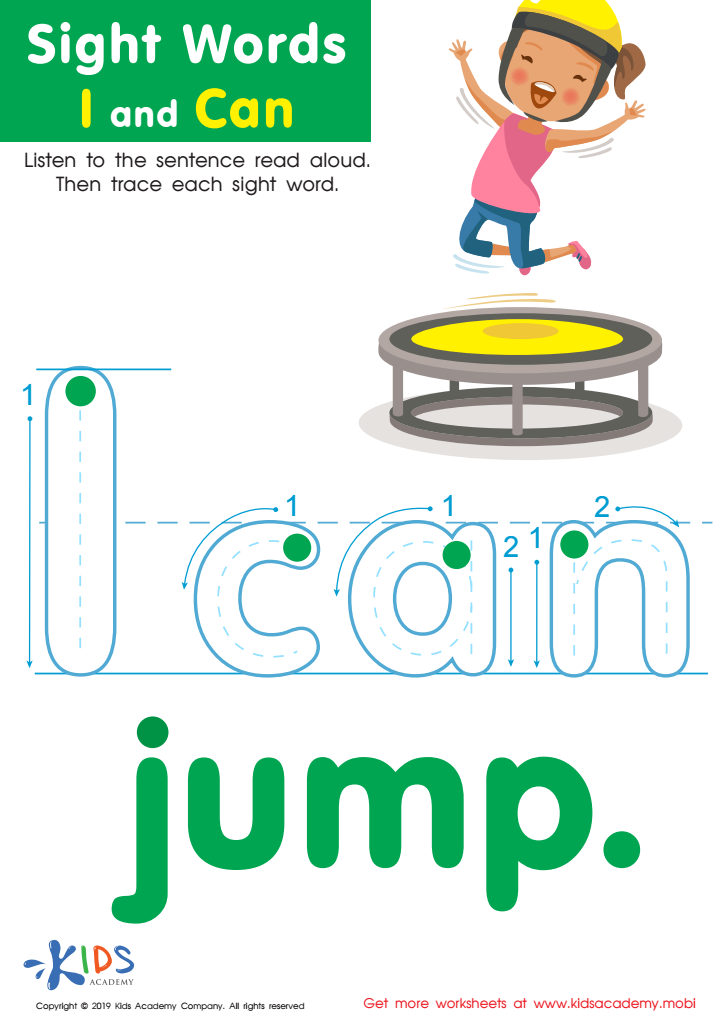

Sight Words I Can Worksheet
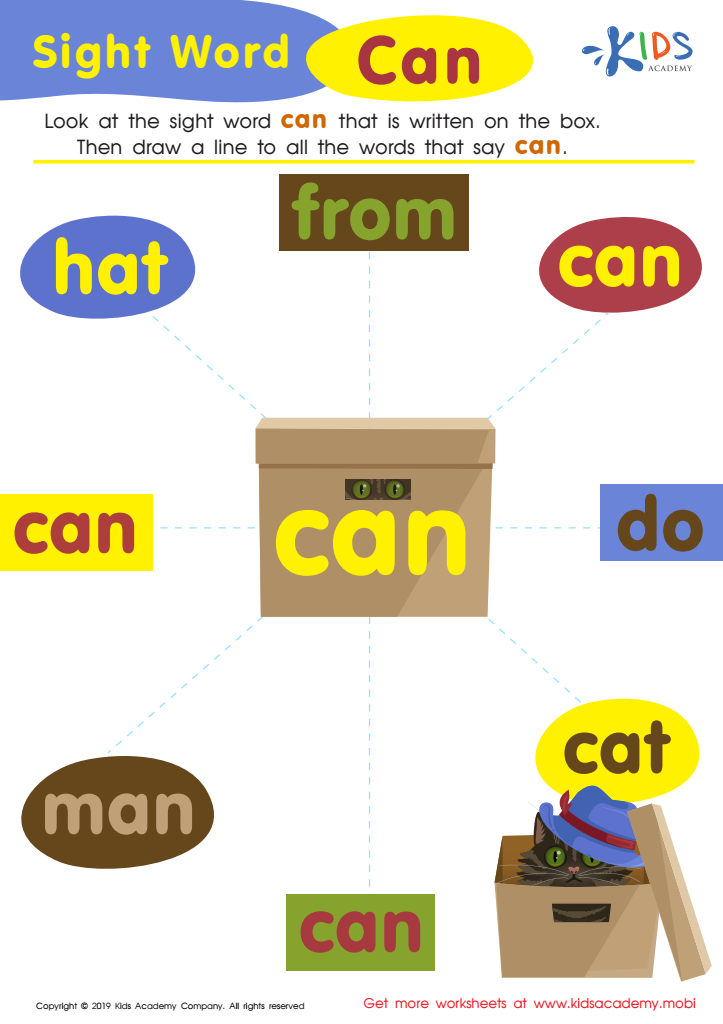

Sight Word Can Worksheet
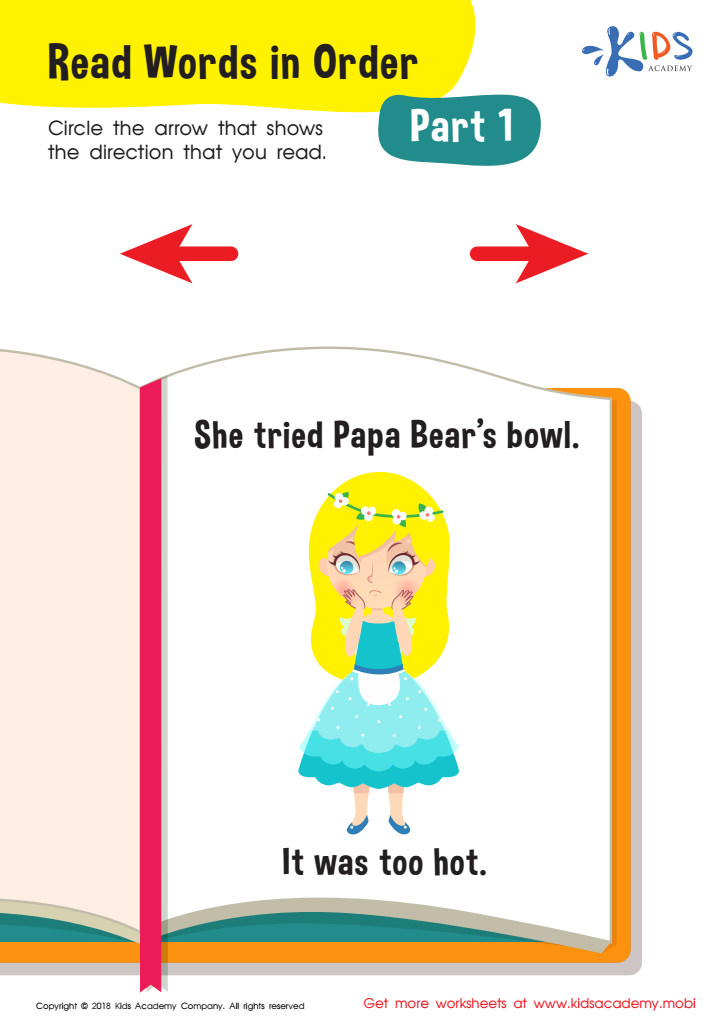

Read Words Order Part 1 Worksheet
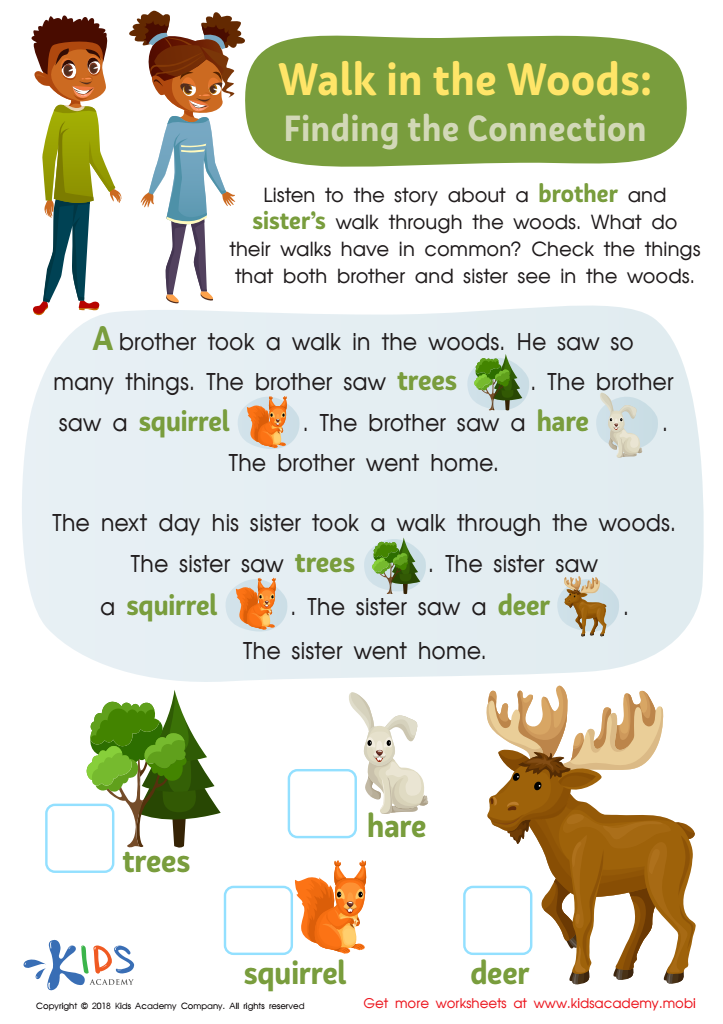

Walk In the Woods: Finding Connections Worksheet
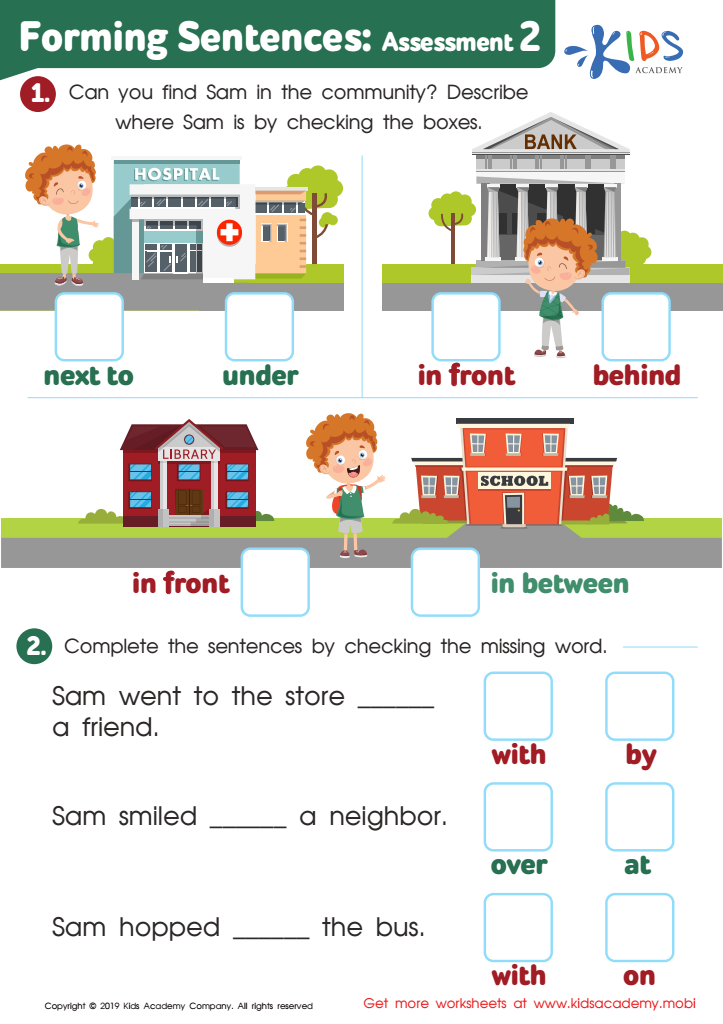

Forming Sentences: Assessment 2 Worksheet
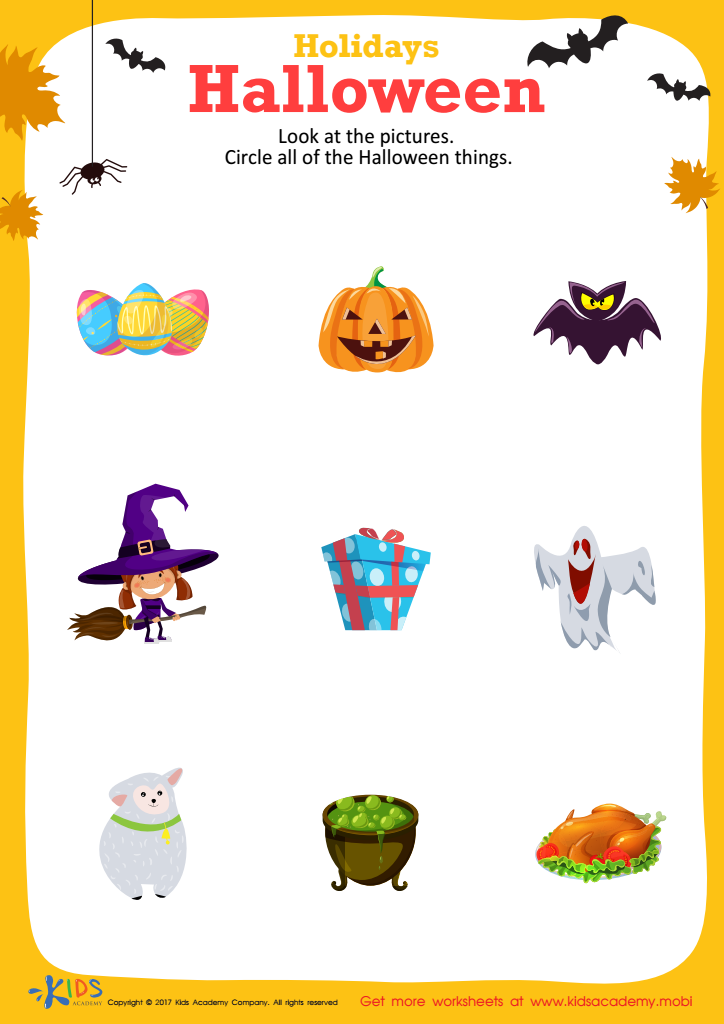

Halloween Holiday Worksheet
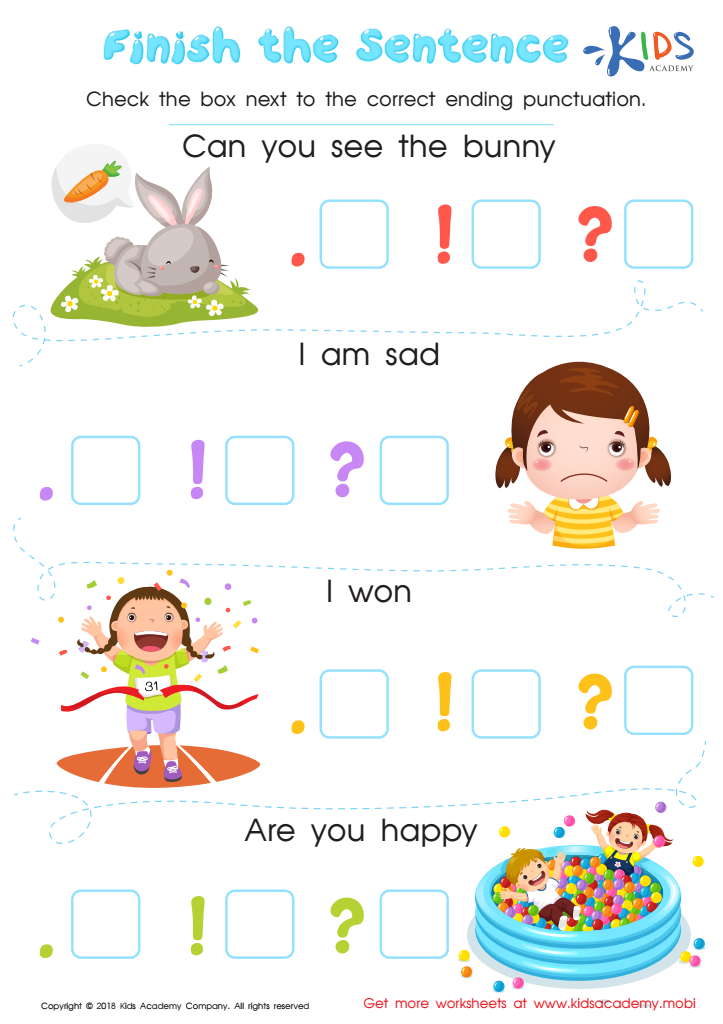

Finish the Sentence Worksheet
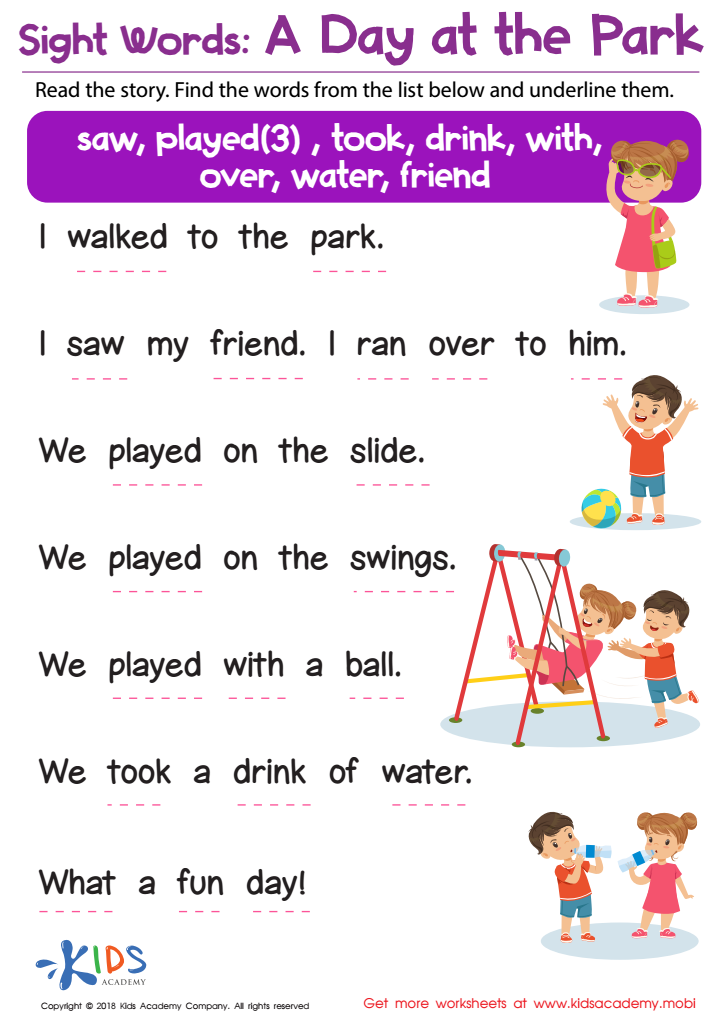

Sight Words: A Day at the Park Worksheet


He, Him, His Printable Sight Words Worksheet
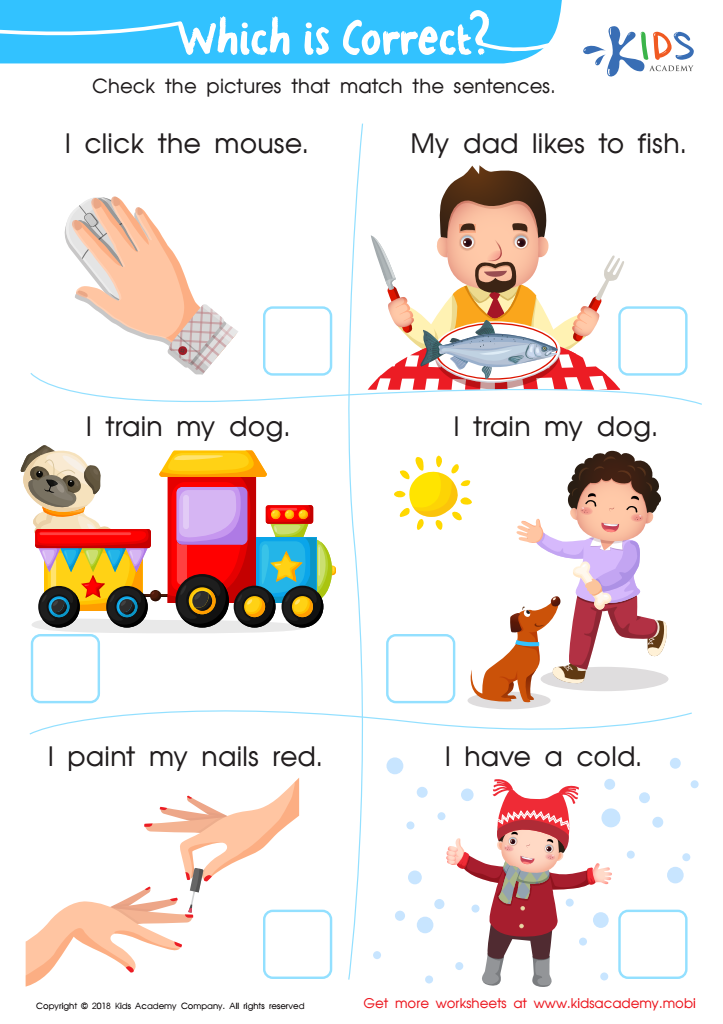

Which Is Correct? Worksheet


She, Her Printable Sight Words Worksheet
Understanding and fostering proper sentence construction for children ages 4-6 is crucial for various reasons that impact their overall development. At this young age, cognitive and linguistic growth is happening rapidly, and children are laying the foundation for their future communication skills. Structuring sentences correctly helps children to articulate their thoughts clearly and effectively, promoting better understanding and interaction with peers and adults.
Proper sentence construction also supports literacy development. As children learn to form and recognize appropriate sentence patterns, reading comprehension and writing skills improve. This proficiency becomes essential for academic success as they advance in school. Additionally, constructing sentences accurately can boost a child's confidence in expressing themselves, contributing to their social and emotional development.
From a practical perspective, clear communication can mitigate frustration. Children who can express their needs and feelings properly are less likely to experience misunderstandings, reducing the incidence of behavioral issues.
In summary, parents and teachers should prioritize proper sentence construction for young children because it underpins clear communication, strengthens literacy skills, enhances social interactions, and nurtures emotional well-being. Engaging in activities that promote language development, such as reading together, asking open-ended questions, and gently correcting mistakes, can significantly benefit young learners.
 Assign to My Students
Assign to My Students



